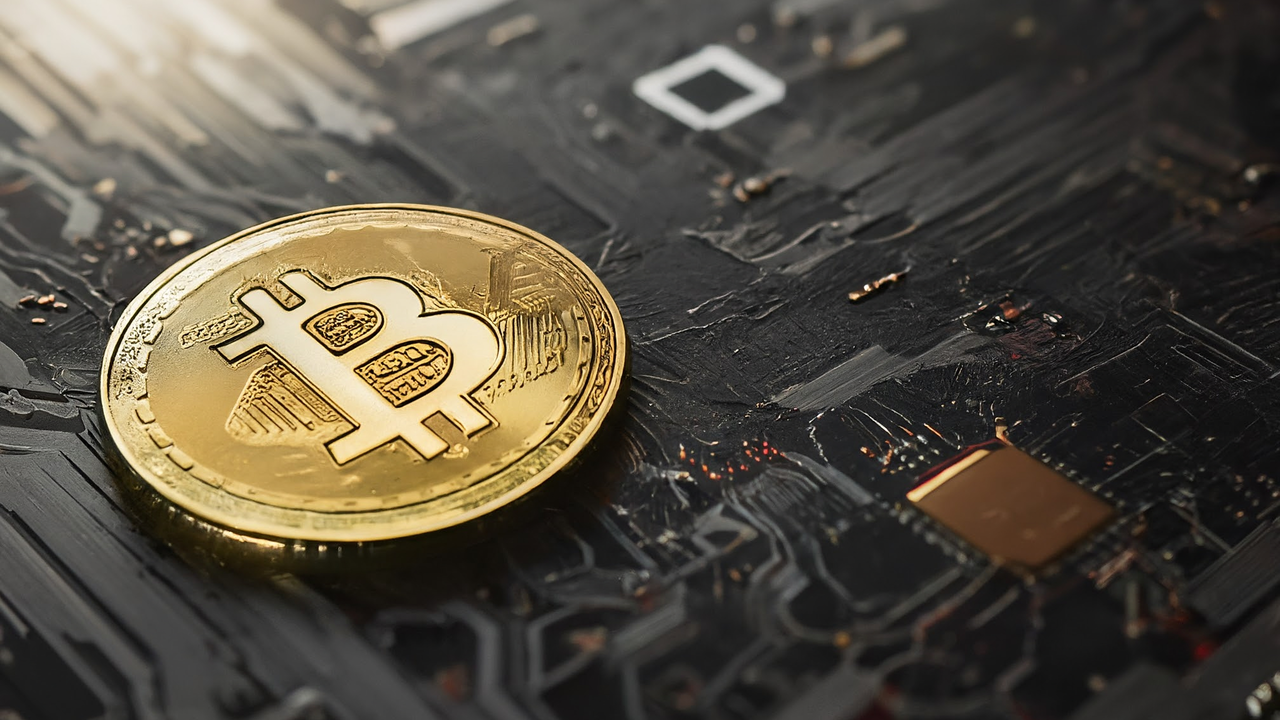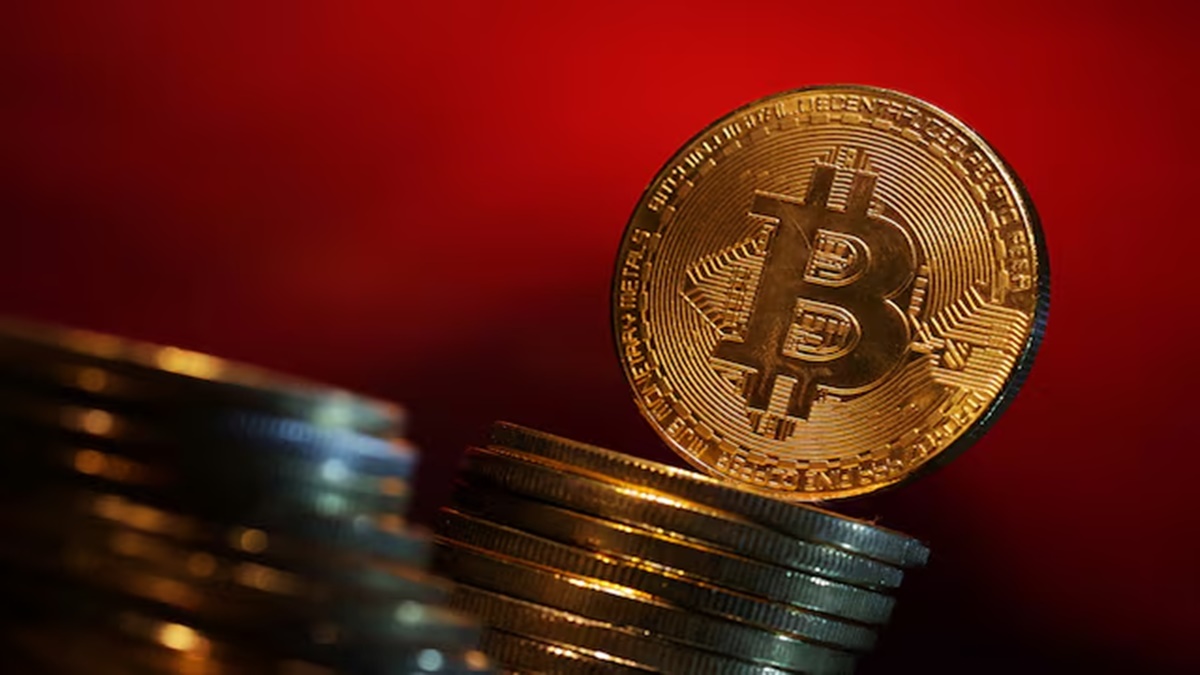Now Reading: Why Crypto Futures Are Outpacing Spot Trades in India
-
01
Why Crypto Futures Are Outpacing Spot Trades in India
Why Crypto Futures Are Outpacing Spot Trades in India

The Indian crypto market is witnessing a sharp shift as futures trading begins to overshadow spot trades. For many investors, especially in smaller cities where access to diverse investment options is limited, futures have emerged as a more attractive choice. The lure lies in leverage, flexibility, and the chance to earn higher returns. But this trend also comes with risks that demand closer attention.
Futures trading allows investors to speculate on the price movement of cryptocurrencies without actually owning them. Unlike spot trades, which require full payment and immediate settlement, futures offer the option of trading with margin. This means traders can control larger positions with smaller capital. In a country where many investors are cautious with upfront spending, the appeal of this system is easy to understand.
Another factor driving this shift is taxation. India’s high tax on crypto profits makes spot trading less appealing for frequent investors. Futures, on the other hand, are seen as a way to manage exposure while keeping liquidity in hand. For traders in Tier 2 cities like Nagpur, Indore, or Jaipur, where traditional financial products are still limited, this flexibility adds to the attraction.
The role of technology and accessibility cannot be ignored. Trading platforms are increasingly promoting futures, making it easier for young investors to enter the market with small amounts. Educational content and peer groups in local communities are further boosting confidence. What was once considered a niche activity in metros is now spreading to smaller towns, creating a wider base of crypto participants.
However, the risks of futures are significant. Leverage can amplify gains, but it can just as easily magnify losses. For less experienced investors, especially those new to financial markets, this can be dangerous. In Tier 2 cities where financial literacy around crypto is still developing, the lack of awareness may lead to higher exposure than intended.
The growing dominance of futures trading in India reflects both opportunity and challenge. On one hand, it shows how quickly people across regions are adapting to new financial tools. On the other, it highlights the urgent need for regulation, awareness, and education. For everyday investors, the key lies in balancing ambition with caution—understanding the mechanics of futures before diving in.
In the end, the rise of crypto futures over spot trades is more than a market trend. It represents a shift in how Indians, especially outside metro cities, are approaching money and risk. The story ahead will depend on whether this enthusiasm is matched with responsibility and better safeguards for the investing public.

























